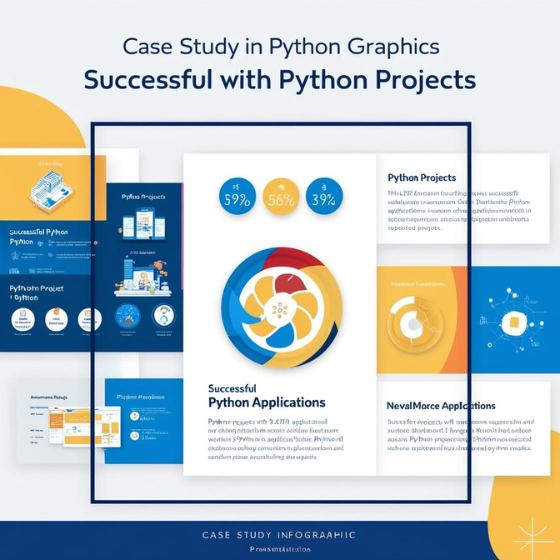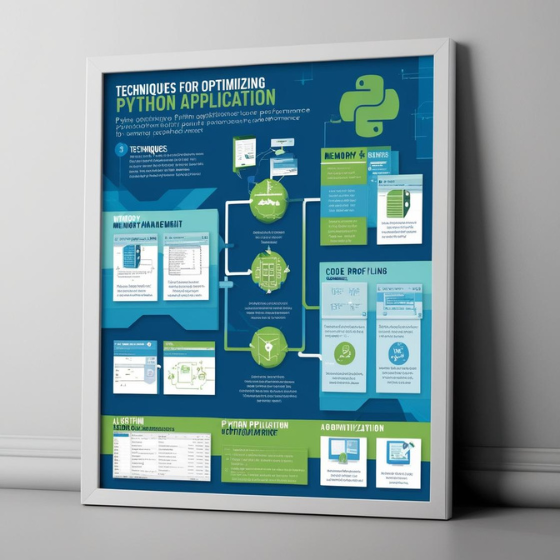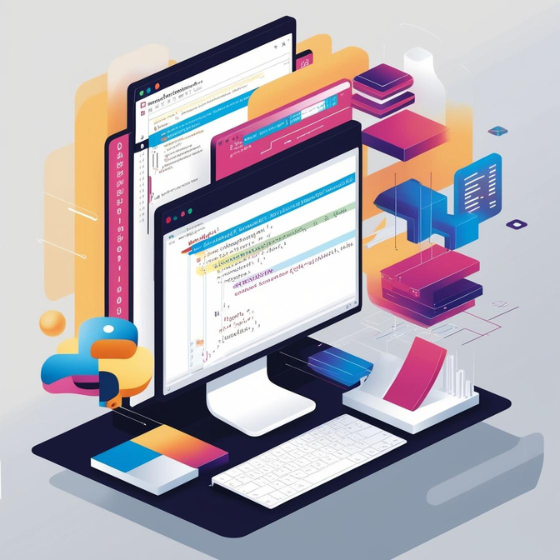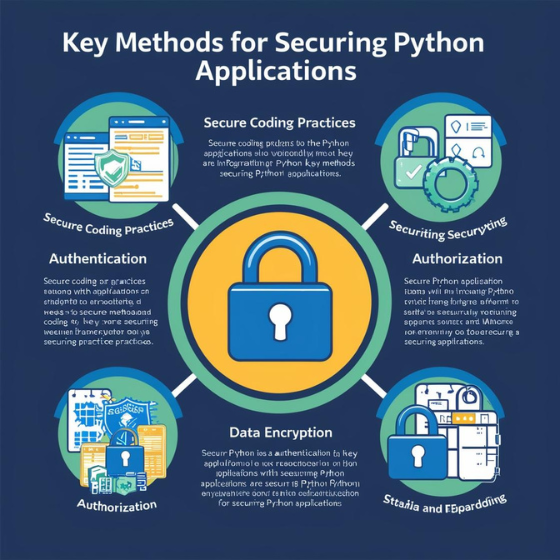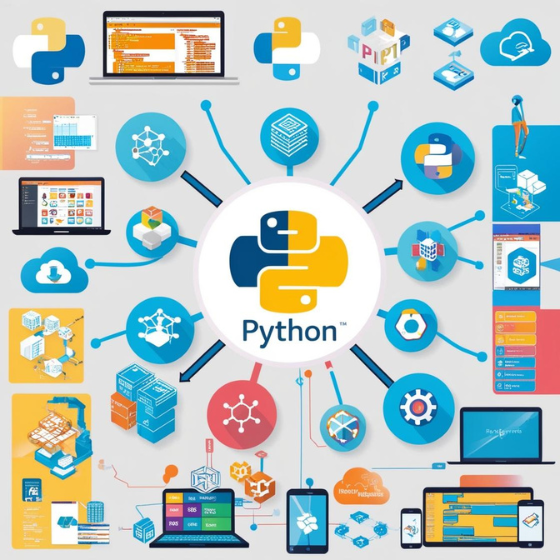How to Develop Scalable Applications with Python: A Comprehensive Guide
In today’s fast-paced digital landscape, building applications that can grow alongside user demands is crucial. Did you know that 88% of users are less likely to return to a site after a poor experience? Scalable applications ensure seamless performance under increasing loads, making them essential for businesses aiming to succeed in competitive markets.
This blog explores how to develop scalable applications with Python, showcasing why Python is the perfect choice for scalable solutions. From its simplicity to its robust frameworks and extensive libraries, we’ll guide you through the best practices, tools, and strategies to ensure your applications are built to last.
Why Choose Python for Scalable Application Development?
Python is more than a programming language; it’s a powerhouse for crafting scalable solutions. Here’s why Python is the go-to choice for developers:
- Readable and Maintainable Code: Python’s clean syntax ensures your code remains comprehensible as your application grows.
- Robust Libraries and Frameworks: Tools like Django, Flask, and FastAPI streamline development and scalability.
- Strong Community Support: With millions of developers worldwide, Python ensures continuous innovation and reliable solutions.
- Cross-Platform Compatibility: Python runs seamlessly across operating systems, enhancing its adaptability.
For businesses seeking robust and efficient solutions, understanding how to develop scalable applications with Python is a critical step toward long-term success.
Want to leverage Python for your business? Explore our development services.
Steps to Developing Scalable Applications with Python
Developing a scalable application requires strategic planning, the right tools, and adherence to best practices. Below, we’ll break down the process into actionable steps:
1. Start with a Solid Architecture
A scalable application begins with a scalable architecture. Focus on:
- Modular Design: Break your application into smaller, independent modules that can be scaled individually.
- Microservices: Adopt a microservices architecture to enable horizontal scaling.
- Cloud Integration: Use cloud platforms like AWS, Azure, or Google Cloud to ensure resources are dynamically allocated.
Pro Tip: Python integrates seamlessly with cloud services, making it an ideal choice for cloud-based applications.
2. Leverage Python Frameworks
Frameworks play a significant role in simplifying the development process. Here are some top Python frameworks for scalability:
- Django: A high-level framework known for its “batteries included” approach, perfect for large-scale applications.
- Flask: A lightweight framework offering flexibility for developers who prefer custom solutions.
- FastAPI: Ideal for building APIs with speed and efficiency.
3. Optimize Your Database Design
A poorly designed database can become a bottleneck as your user base grows. Best practices include:
- Indexing: Ensure your database queries are optimized with proper indexing.
- Replication: Use database replication to distribute the load across multiple servers.
- Caching: Implement caching mechanisms like Redis or Memcached to reduce database strain.
Python’s libraries, such as SQLAlchemy and Django ORM, simplify database interactions and enhance scalability.
4. Use Asynchronous Programming
Asynchronous programming allows applications to handle multiple tasks concurrently, reducing bottlenecks. Python’s asyncio module and frameworks like FastAPI enable developers to:
- Improve response times.
- Handle high volumes of simultaneous requests.
- Reduce server-side latency.
5. Implement Load Balancing and Auto-Scaling
To handle traffic spikes, use load balancers and auto-scaling strategies:
- Load Balancers: Distribute traffic evenly across multiple servers to avoid overloading any single server.
- Auto-Scaling: Automatically adjust resources based on demand using cloud services.
Python-based tools like Celery (for task queues) and Kubernetes (for container orchestration) are game-changers in ensuring scalability.
Challenges in Python Scalability and How to Overcome Them
While Python is a powerful tool for scalable applications, it comes with its own set of challenges. Here’s how to address them:
1. Global Interpreter Lock (GIL)
Python’s GIL can limit performance in multi-threaded applications. Overcome this by:
- Using multi-processing instead of multi-threading.
- Opting for libraries like NumPy, which are GIL-independent.
2. Memory Management
Python’s memory consumption can increase with large-scale applications. Mitigate this by:
- Profiling and optimizing code with tools like Py-Spy.
- Using efficient data structures and algorithms.
3. Dependency Management
As your application grows, managing dependencies can become cumbersome. Use virtual environments like venv or pipenv to maintain clean dependency management.
Struggling with scalability challenges? Let our experts help you overcome them.
Real-World Examples of Scalable Applications Built with Python
1. Instagram
Instagram uses Python extensively for its backend, handling billions of daily interactions while ensuring a seamless user experience.
2. Spotify
Spotify leverages Python for data analysis and backend services, processing massive amounts of data to deliver personalized recommendations.
3. Uber
Uber relies on Python for its data visualization and operational services, showcasing its ability to handle high-demand, real-time applications.
These examples highlight Python’s versatility and reliability in powering scalable, high-traffic applications.
How Sodio Can Help You Build Scalable Applications with Python
At Sodio, we specialize in crafting scalable, high-performance applications tailored to your business needs. Our Python development services include:
- End-to-end application development.
- Scalable architecture design.
- Integration of the latest frameworks and libraries.
- Ongoing support and maintenance.
With a proven track record of delivering innovative solutions, we’re your trusted partner in building applications that grow with your business.
Ready to future-proof your application? Contact us to get started.
Conclusion: The Road to Scalable Success
Understanding how to develop scalable applications with Python is a game-changer for businesses aiming to thrive in today’s dynamic digital environment. Python’s simplicity, versatility, and robust ecosystem make it the ideal choice for building scalable, efficient solutions.
From strategic architecture to leveraging powerful frameworks, the steps outlined in this guide ensure your applications are prepared to meet growing demands. Whether you’re developing a new application or scaling an existing one, Python has the tools and flexibility to help you succeed.
At Sodio, we’re committed to turning your vision into reality. Take the first step toward scalable success by exploring our custom development services today!

